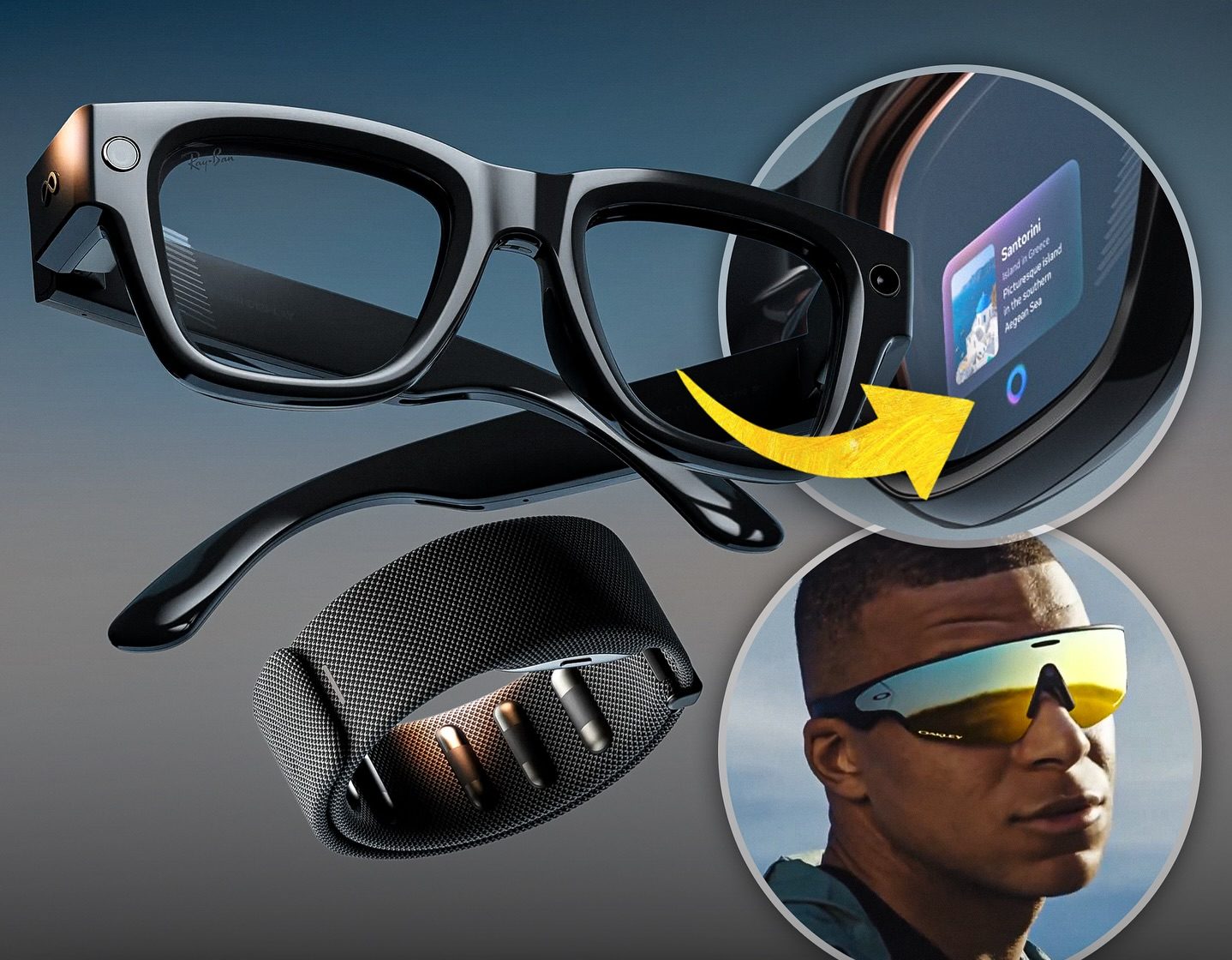Mark Zuckerberg Unveils Ray-Ban Display Glasses, Neural Band, and More at Meta Connect 2025 — Here’s Everything You Need to Know
NEW RAY BAN META GLASSES
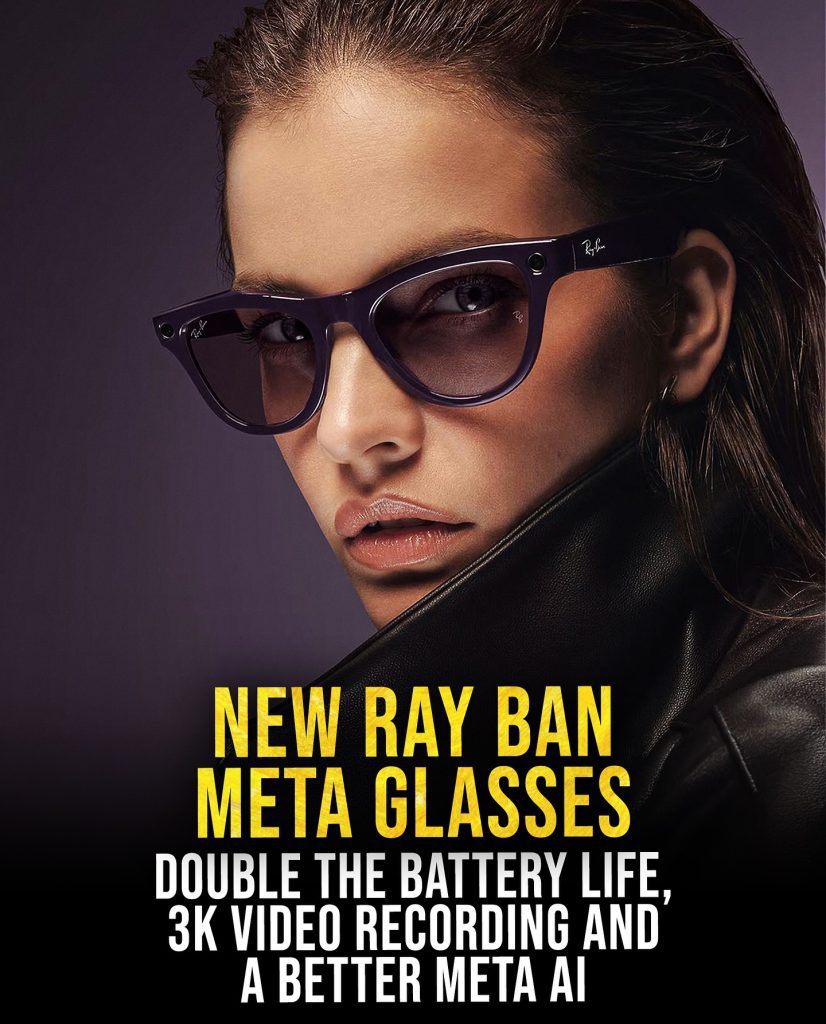
At Meta Connect 2025, the spotlight immediately landed on the newest generation of Ray-Ban Meta smart glasses. These aren’t just style-forward sunglasses anymore—they’ve become powerful devices that blend seamlessly with everyday life. Meta announced that the new glasses now have double the battery life, allowing users to wear them all day without worrying about frequent charging.
The cameras have also seen a massive leap forward, now offering 3K video recording that is far sharper and smoother than anything the earlier models could deliver. Whether it’s capturing a walk through the city, recording family memories, or creating content for social media, the clarity and detail bring a whole new meaning to hands-free video. On top of this, Meta has baked in an improved AI assistant, making the glasses far more responsive and capable of handling real-time interactions, whether you’re asking for directions, identifying objects, or translating speech instantly.
The new Ray-Ban Meta glasses don’t just look cool—they’re finally starting to feel like the futuristic wearable people dreamed about when smart glasses first entered the conversation years ago.
META HORIZON ENGINE
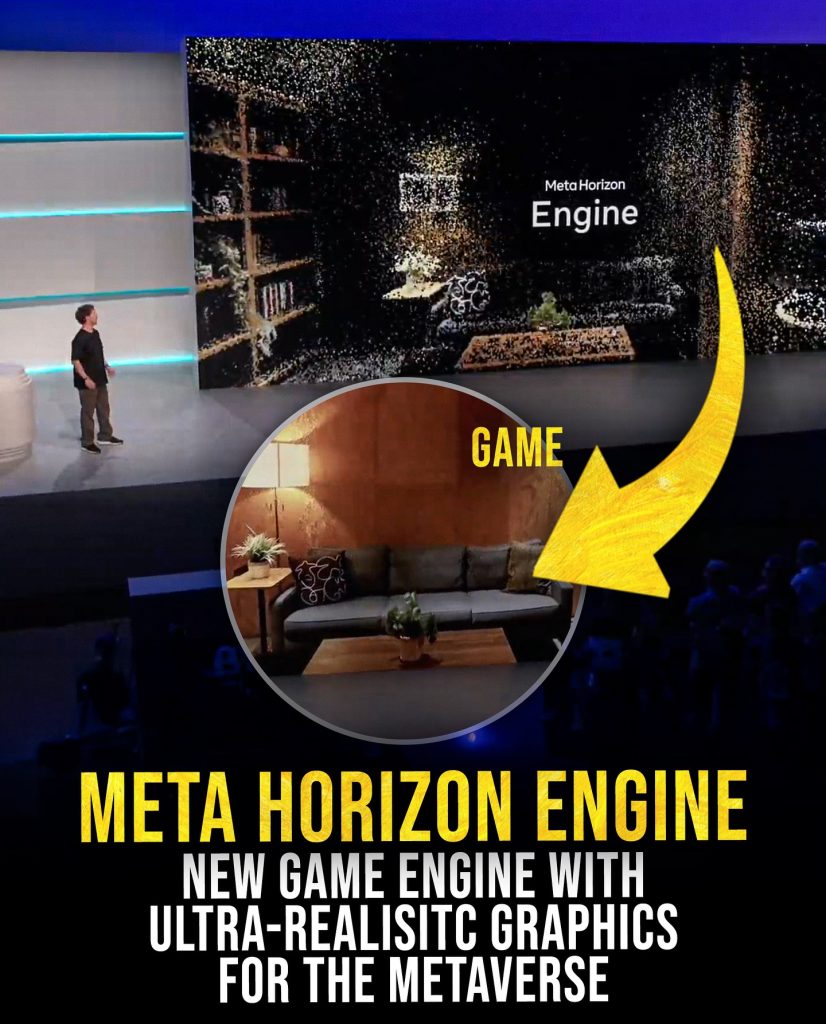
Another standout announcement was the Meta Horizon Engine, a brand-new game engine designed to push the limits of graphics inside the Metaverse. Mark Zuckerberg showed off a demo that stunned audiences with its ultra-realistic visuals, including lighting, reflections, and textures that rival what players expect from console and PC gaming.
The goal behind Horizon Engine isn’t just to create beautiful virtual spaces—it’s to make the Metaverse feel alive. Until now, one of the biggest criticisms of Meta’s virtual worlds has been the “cartoonish” look and lack of realism. With Horizon Engine, the company is clearly investing in fixing that. Imagine walking into a digital home where every piece of furniture looks natural, or playing games where you can hardly distinguish virtual objects from reality.
It’s Meta’s boldest step yet to prove that the Metaverse isn’t just an idea, but a place people will actually want to spend time in.
META HORIZON TV
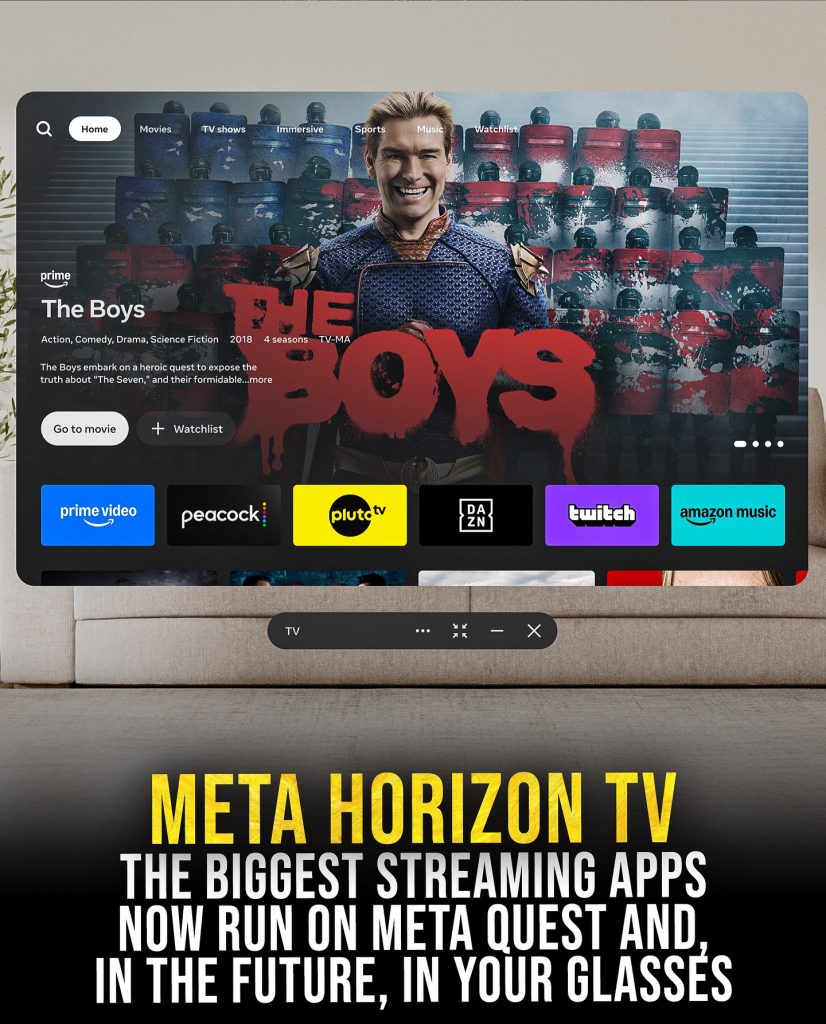
Entertainment is at the heart of why most people invest in new tech, and Meta knows it. That’s why the reveal of Meta Horizon TV hit a chord with the audience. The platform will bring the biggest streaming apps—including Netflix, Prime Video, Peacock, DAZN, Twitch, and more—directly into Meta Quest headsets, with plans to extend the experience into future smart glasses.
This means you won’t just be watching your favorite shows on a flat screen anymore—you’ll be able to immerse yourself in virtual theaters, blow up the size of the display, and potentially even watch side by side with friends in digital spaces. Down the road, Meta envisions a world where you could simply put on your Ray-Ban Display glasses and project a massive streaming screen in your living room, without needing a TV at all.
It’s not just about replacing the devices we have today. It’s about rethinking how media can be experienced in a mixed-reality future.
OAKLEY META VANGUARD
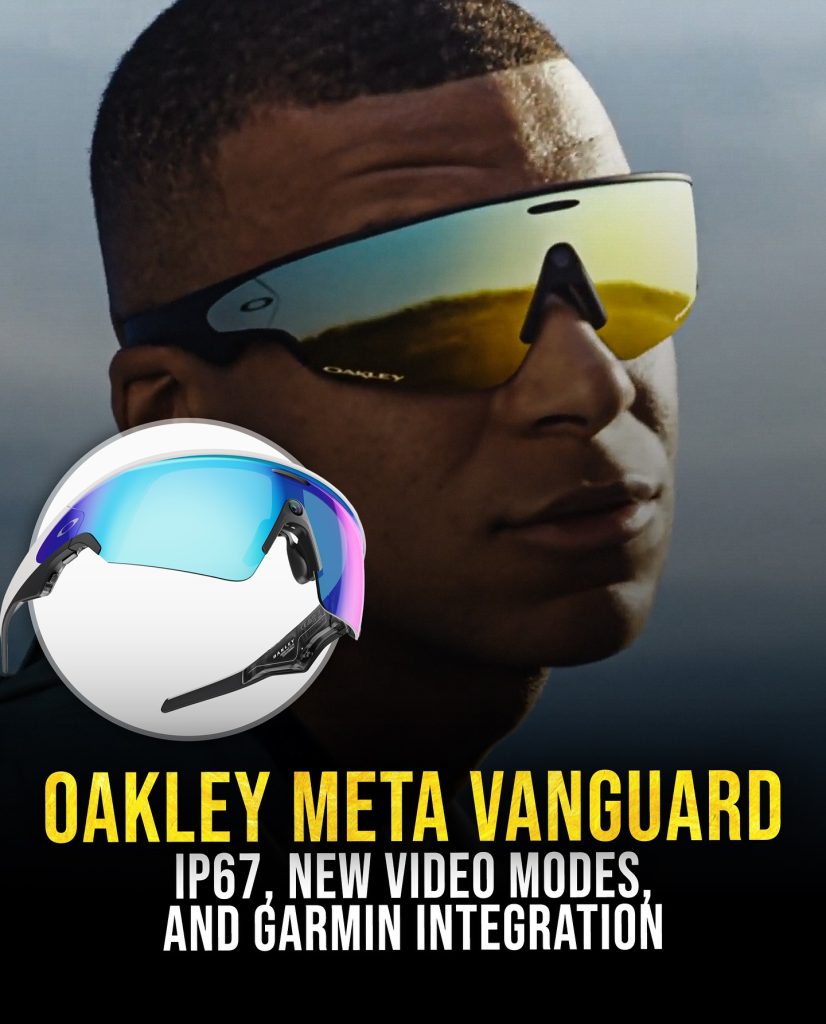
Meta didn’t just stop with Ray-Ban. The event also introduced a brand-new collaboration with Oakley: the Oakley Meta Vanguard. These smart glasses are designed specifically with athletes and outdoor enthusiasts in mind.
They come with IP67 water resistance, making them safe for sweat and rain, and include new video modes tailored for action recording. What’s more, they feature integration with Garmin, allowing users to sync fitness data like heart rate, cycling stats, or running performance directly with their glasses.
The Oakley Meta Vanguard positions itself less as a lifestyle wearable and more as a performance tool, aimed at people who want to push their limits while staying connected and capturing every moment. For athletes and adventurers, this could be one of the most exciting releases in Meta’s wearable lineup.
LIVE CAPTIONS
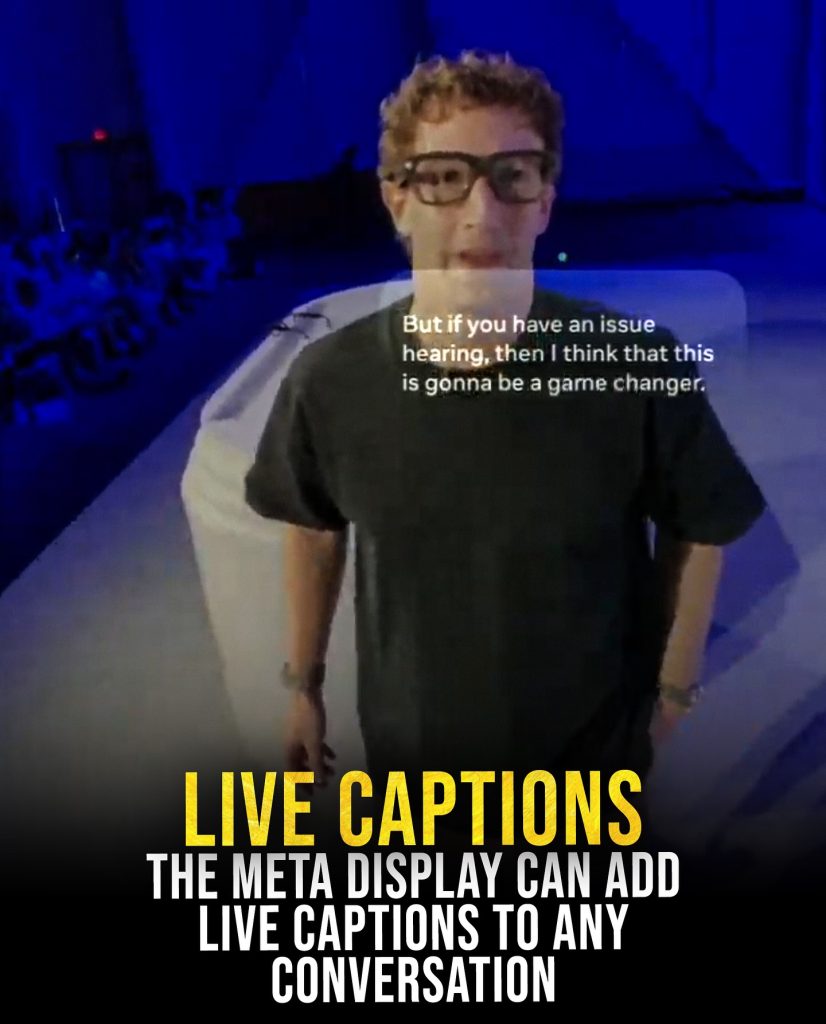
Accessibility also took center stage with the introduction of Live Captions. This new feature allows the Meta Display to add real-time subtitles to any conversation, opening the door for people with hearing difficulties to engage more easily.
In the demo, the captions appeared directly in the user’s field of view, overlaying spoken words into readable text. This is more than just a cool tech trick—it could be life-changing for millions. Imagine walking into a meeting, a classroom, or even a casual conversation with friends and never worrying about missing a word.
Meta’s focus on accessibility shows that they’re thinking about how wearables can serve everyone, not just tech enthusiasts.
META NEURAL BAND
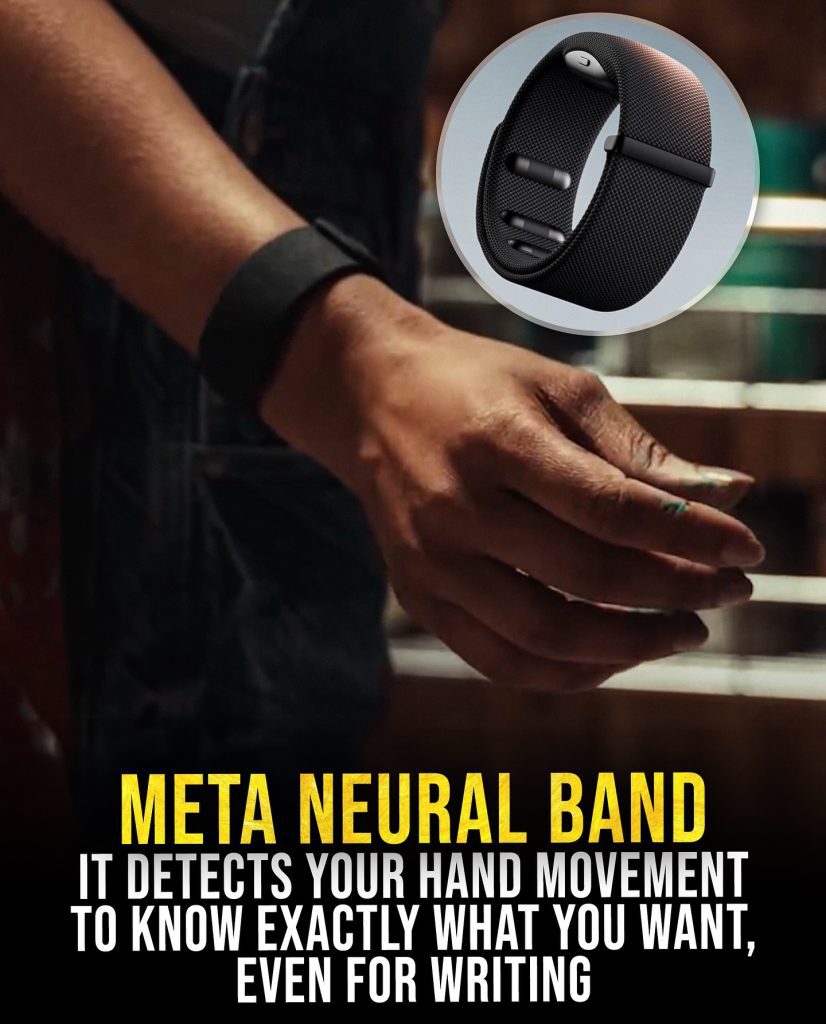
Perhaps the most futuristic piece of hardware shown was the Meta Neural Band. Worn on the wrist, this strap detects tiny muscle movements in your hand to interpret commands before you even fully move. The idea is that you could simply think about typing or swiping, and the band would translate those signals into actual inputs.
This technology has been in development for years, and Meta’s demo showed how it can be used not just for navigation but also for tasks like writing messages or controlling apps without lifting a finger. It feels like something straight out of science fiction, but it’s real—and Meta plans to roll it out alongside the new glasses.
The Neural Band is one of those innovations that could completely change how humans interact with machines. If it works as smoothly as promised, the days of touchscreens and keyboards might eventually give way to something entirely new.
META RAY BAN DISPLAY
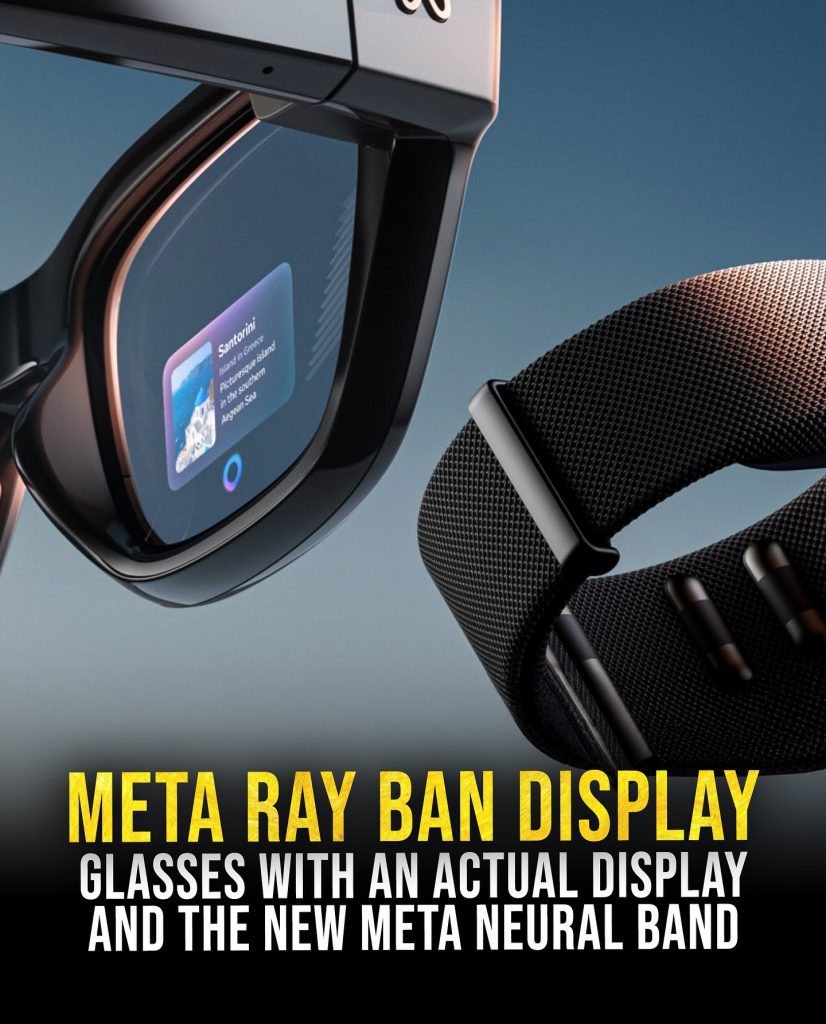
The biggest reveal of them all was the Meta Ray-Ban Display glasses. Unlike earlier models that looked like stylish frames with cameras, these come with an actual display built into the lenses. Paired with the Neural Band, users can see notifications, maps, and apps floating directly in front of their eyes.
This changes the game. Instead of glancing at your phone or smartwatch, you’ll simply look through your glasses and see the information you need. Navigation becomes more natural, productivity gets a boost, and even casual browsing could move into this futuristic, hands-free format.
For years, augmented reality glasses have been talked about but rarely delivered in a way that feels practical. The Ray-Ban Display is Meta’s answer, blending fashion with cutting-edge AR in a product people will actually want to wear.
Meta’s 2025 event was one of the company’s most ambitious showcases yet. From fashion-forward Ray-Bans to performance-driven Oakleys, from immersive Horizon experiences to futuristic Neural Band control, Meta painted a picture of a future where glasses aren’t just accessories—they’re the next evolution of computing.
With prices starting around $800 for the Ray-Ban Display and higher for the Oakley Meta Vanguard, these products won’t be cheap. But for many, they represent a glimpse of what’s next, where wearables become everyday essentials. Mark Zuckerberg made it clear: Meta isn’t just experimenting with the future—it’s building it right now.

